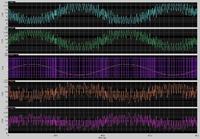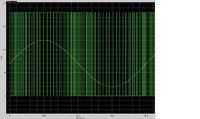BackerShu
Member level 3

Hi jiangxb.
two questions:
1) As i know, the integrator becomes staturated when the input signal is too large(I have tried the input with smaller amplitude, but made no difference). Does it related to the Vref?
2) can the vref- be below 0? must there be 1.4v difference between the Vref+ and Vref-?I know only a little to set the feedback voltage.Could give me some advice or some useful paper
I will upload the simulation results soon!
two questions:
1) As i know, the integrator becomes staturated when the input signal is too large(I have tried the input with smaller amplitude, but made no difference). Does it related to the Vref?
2) can the vref- be below 0? must there be 1.4v difference between the Vref+ and Vref-?I know only a little to set the feedback voltage.Could give me some advice or some useful paper
I will upload the simulation results soon!




